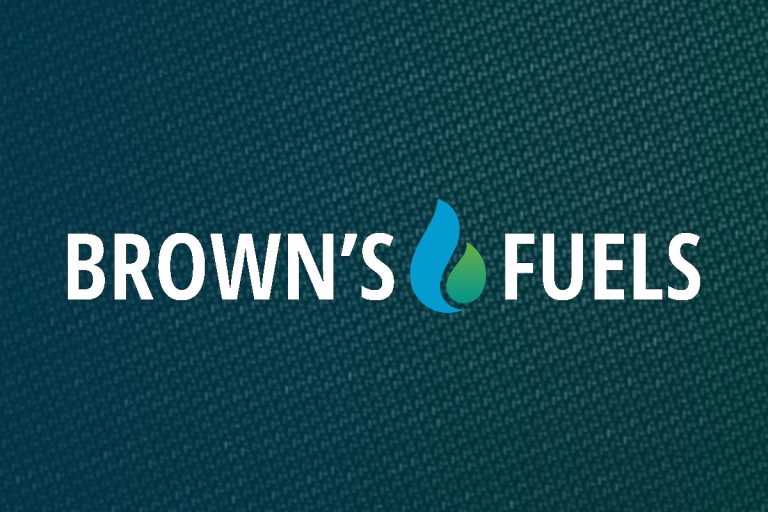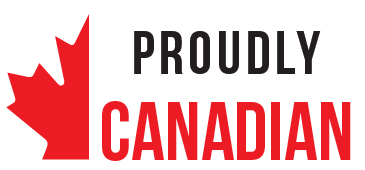For many fleet managers one of the most basic concepts to understand is the difference between the multiple different types of fuels that are used to power different types of vehicles and equipment. While this may be common knowledge to maintenance managers and industry veterans, it is a strange concept for commuters who are used to simply pulling up to the pump and putting gas into their car. What are the common fuel types, why do they exist, and what is the actual difference between them?
Generally speaking diesel and gas are the two most common fuel types used to power motor vehicles and equipment today (although this is beginning to change with the introduction of hydrogen, ethanol and electric powered vehicles.) Most gas stations sell both types, including a few (sometimes three or four) different types of gasoline, and usually one type of diesel.
Gasoline
Put simply, gasoline comes in different grades that are separated by octane ratings and ethanol content. At most gas stations in Canada gasoline is segmented by it’s octane. Octane is a standard measure of performance, and fuel types with higher octane levels can withstand higher levels of engine compression before detonating. Sports cars are an example of a type of vehicle that requires higher octane fuel because they use engines with high compression ratios.
On the other hand, most economy vehicles in North America are designed to run on regular octane fuel, but some are designed to be able to run on both high and regular octane fuels. Consult your vehicle manual to find out what octane is recommended for your vehicle.
Brown’s Fuels is able to provide clients with all grades of gasoline.
Diesel
More common in larger trucks and heavy equipment, diesel is generally classified into two different types. Clear diesel is the type of diesel you see at most gas stations. It is considered “road legal” and is accordingly taxed. Clear diesel can sometimes contain lower sulfur levels than dyed diesel.
Coloured diesel on the other hand is diesel that is mixed with a dye (usually red or blue.) It is specifically for use in non-road vehicles such as agriculture equipment, locomotives and marine vessels. Because it is road exempt it is also generally tax exempt. It is prohibited to be used on the road in Canada because of it’s tax-free status. Dyed diesel can sometimes contain higher sulfur levels than clear diesel.
Despite this, Brown’s offers both types of diesel to customers. Both of our diesel types are ultra low sulfur.
Ethanol & E85
Ethanol fuel, essentially ethyl alcohol, is a renewable fuel type that is made from common crops including corn, hemp and potatoes. It is commonly used as an additive to gasoline to mitigate air pollution created during combustion. E85 is a fuel type consisting of 85% ethanol fuel and 15% gasoline. Ethanol fuel is generally not as efficient as standard fuel, but it has become common place to see gas content include anywhere from 5% to 15% ethanol at the pump.
No Matter Your Fuel Needs, Brown’s Can Help
Our wide range of stocked fuels allows us to help fleets of all sizes and natures. Brown’s also supplies a wide range of lubricants as well, so your heavy equipment can remain fueled and maintained. Our service area is always growing.
If you or your fleet manager is in need of a reliable refueling service that will help improve the efficiency of your fleet operations in, contact the company with over 20 years of experience. Commercial or residential we are here to help.


